Planting method and propagation of flowers-hyacinth
The nicknames of hyacinth are foreign daffodils, western daffodils and colorful daffodils. Belongs to the perennial herb bulbous plant, its flower color is rich, there are red, blue, white, yellow, purple and other colors, the main way of reproduction is bulbous reproduction.
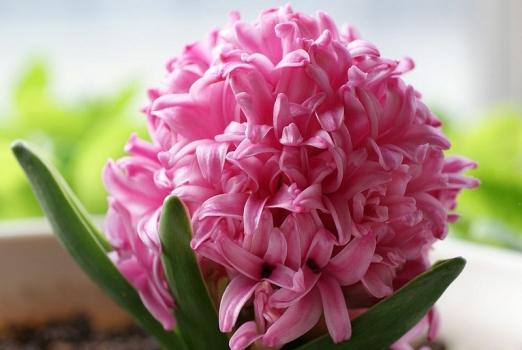
The cultivation of hyacinth can be divided into soil cultivation method and water cultivation method. Let's learn the methods of hyacinth soil culture and water culture together.
Hyacinth soil cultivation method
If your hyacinth is cultivated in soil, you need to pay attention to the following:
First, the choice of soil:
Hyacinth should choose sandy loam with good drainage and not too dry, which requires fertile soil, high content of organic matter, good aggregate structure, neutral to slightly alkaline, pH 6-7. The culture soil can be prepared according to the ratio of rotten leaf soil 5 ∶ garden soil 3 ∶ coarse sand 1.5 ∶ bone powder 0.5. Before planting, chemical agents such as formalin can be used to cover the soil surface immediately after applying formalin at a soil temperature of 10-15 ℃. After 3 days of warm weather, remove the film and plant it after 1 day to keep the soil moist. Before planting, we should apply enough base fertilizer, cultivate in the field, and avoid continuous cropping.
It is suitable to be carried out from October to November, and the selection of soil with good drainage is the most important condition. Apply enough base fertilizer before planting, add a thin layer of sand, and then line up the bulbs, 15 cm-18 cm apart and 5 cm-8 cm covered with soil. And cover with grass to keep the soil loose and moist. Generally, there is no other management before flowering. If seeds are not to be collected after flowering, the flower stem should be cut off to promote bulb development. The cutting position should be in the uppermost part of the flower stem as far as possible. The bulb roots can be dug up in early June, spread out and stored in cold storage, and the summer temperature should not exceed 28 ℃.
Second, put on the basin:
With loam, rotten leaf soil, fine sand and other mixed nutrition soil, generally 10 cm caliber potted one ball, 15 cm caliber potted 2-3 balls, and then buried in the pot, the overlying soil 10 cm-15 cm, after 7-8 weeks, buds grow to more than 10 cm, go to cover the soil to make the sun shine, generally planted in October-November, flowering in March.
3. Fertilization:
During the growth period of autumn and winter, topdressing based on phosphorus and potassium was applied for 1 and 2 times. There is no need to apply fertilizer during flowering, topdressing once before and after flowering, and applying sufficient base fertilizer before pot soil planting.
Fourth, watering:
Hyacinth is sunny, cold-resistant and suitable for growing in a cool and humid environment. Therefore, it is necessary to water frequently to keep the soil moisture between 60% and 70%, so as to facilitate the growth and reproduction of hyacinth.
5. Light and temperature:
After the hyacinth is planted, it is placed in a sunny place and exposed to scattered light for 1 to 2 hours a day, so that its leaves and pedicels grow healthily and change in one direction every day, so that it does not grow to one side because of light tendency. If the light is not enough, or if it is dry for a long time in winter, it will lead to poor flowering. If you see that the extracted flower stem is too short to stretch, you can put the potted flower 1 in the shade for several days to promote the stem and leaf to grow, wait for the flower stem to protrude and then turn to normal maintenance. The temperature required to promote flowering is 5: 10 ℃.
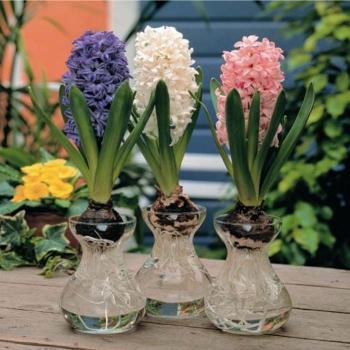
Hyacinth hydroponic method
If your hyacinth is hydroponically cultivated, you need to pay attention to the following:
1. Requirements for vases and water:
Can choose wide-mouth glass bottles, plastic bottles, etc.; the water quality should be clean, change the water once a week, such as adding a nutrient solution, depending on the degree of turbidity of the water to determine the number of times. Also add water frequently to keep it soaked to the bulb.
2. Cultivation methods:
The water surface should be 1 centimeter away from the bulb, and do not immerse the water at the bottom of the bulb. Then place it in a dark place and cover the bottle with a black cloth to promote root development. When the root grows to the left and right of 10cm, it moves to a warm, southward windowsill with plenty of scattered light.
Third, the requirements for water temperature and light:
The water temperature should not be too high, and it is best to control it at 15: 20 ℃. When leaves and buds grow, they are exposed to scattered light for 1 to 2 hours a day to make their leaves and pedicels grow healthily and change in one direction every day, so that they do not grow to one side because of light tendency. Without fertilization, a bright and fragrant hyacinth can be produced in March and April of the following year.
4. Room temperature requirements:
Keep the room temperature at 17: 20 ℃, you will enjoy the process of bud formation, growth and coloration, but do not put it directly near the heat source, so the beautiful hyacinth flowers will prolong the opening time.
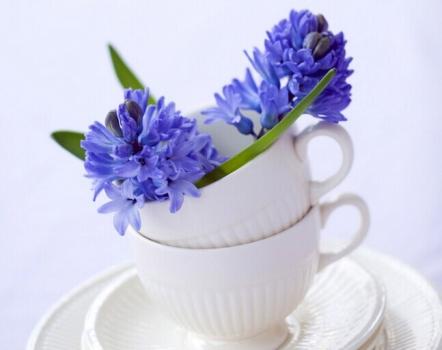
Matters needing attention in the cultivation of hyacinth
1. The choice of planting bulbs should be cautious, because the nutrients needed for hyacinth flowering mainly depend on the nutrients stored in the bulbs and leaves, so it is necessary to choose bulbs that have no damage to the epidermis, fleshy scales are not too wrinkled, hard and heavy, and full. In order to produce rich and beautiful flowers.
2. Hyacinth growth only needs light above 5000Lx to maintain normal physiological activity. If the light is too weak, the plant will be thin, the stem is too long, the bud is small, the flowers are early, and the leaves are yellow. incandescent lamp can be used to fill the light at about 1 meter, but too strong light can also cause leaves and petals to burn or shorten the flowering period.
3. When the temperature is too high, even higher than 35 ℃, there will be inhibition of flower bud differentiation, abnormal growth and increase of blind flower rate, while too low temperature will make flower buds suffer frost injury.
4. feed water to cultivate hyacinth when changing water, be careful, because the root of hyacinth is very fragile and easy to be broken, so as not to hurt the root and affect the growth and flowering of hyacinth.
5, the bulb is toxic, if eaten by mistake, it will cause dizziness, stomach spasm, diarrhea and other symptoms, so it is necessary to strictly prevent children from eating by mistake.
- Prev
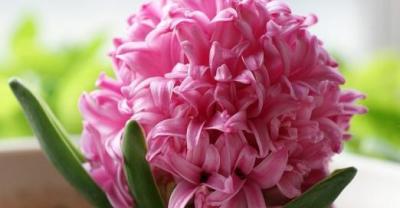
A complete Collection of Omni-directional planting techniques of Longan
The work of protecting fruit, strengthening fruit and preventing crack starts from flowering. Longan fruit protection, strong fruit, crack prevention work is an important link to achieve high and stable yield, the main measures are as follows.
- Next
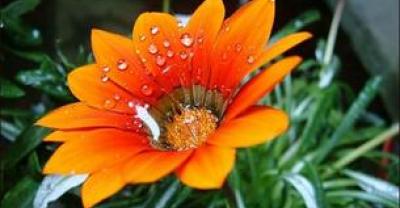
How to grow passion fruit on your own balcony
...
Related
- Fuxing push coffee new agricultural production and marketing class: lack of small-scale processing plants
- Jujube rice field leisure farm deep ploughing Yilan for five years to create a space for organic food and play
- Nongyu Farm-A trial of organic papaya for brave women with advanced technology
- Four points for attention in the prevention and control of diseases and insect pests of edible fungi
- How to add nutrient solution to Edible Fungi
- Is there any good way to control edible fungus mites?
- Open Inoculation Technology of Edible Fungi
- Is there any clever way to use fertilizer for edible fungus in winter?
- What agents are used to kill the pathogens of edible fungi in the mushroom shed?
- Rapid drying of Edible Fungi

